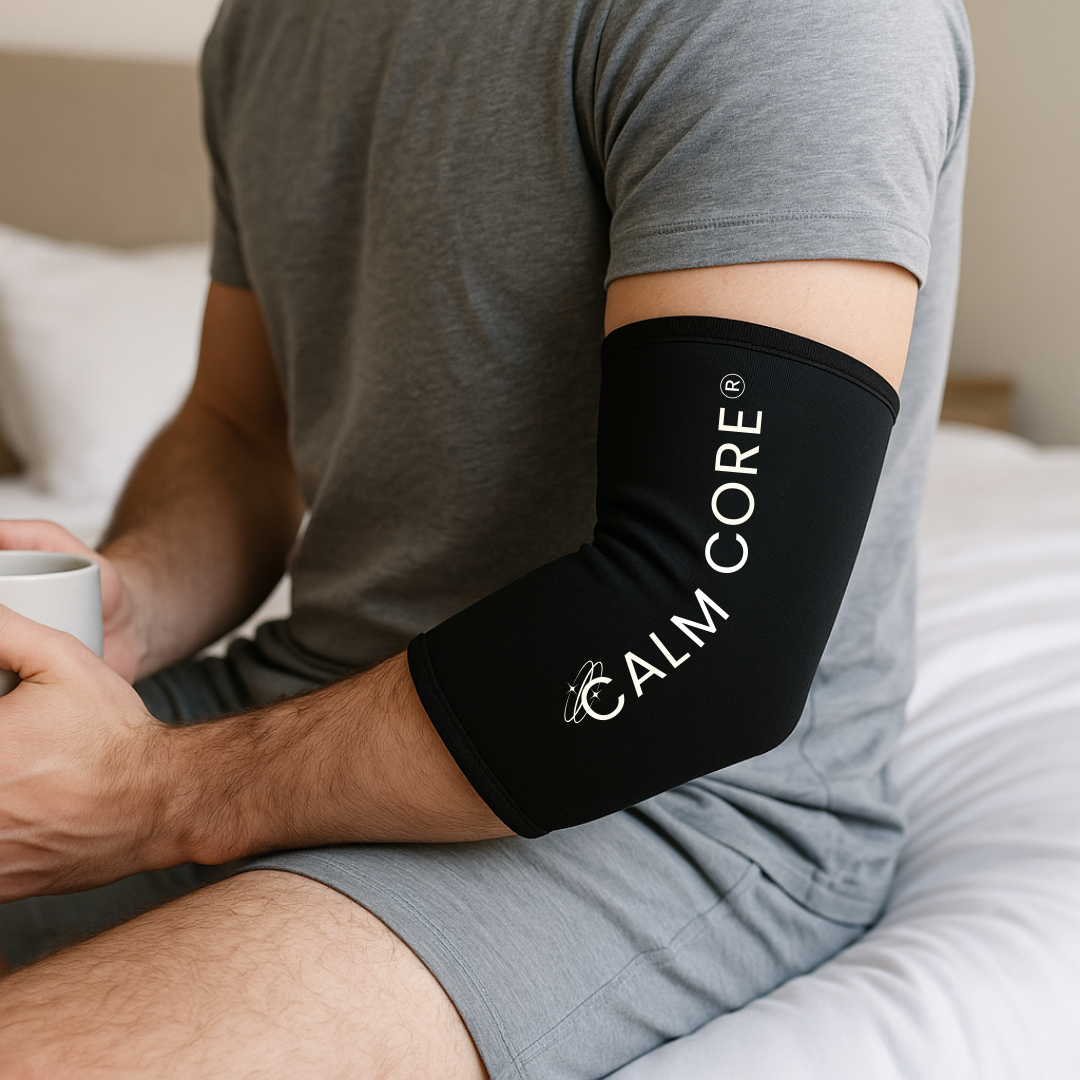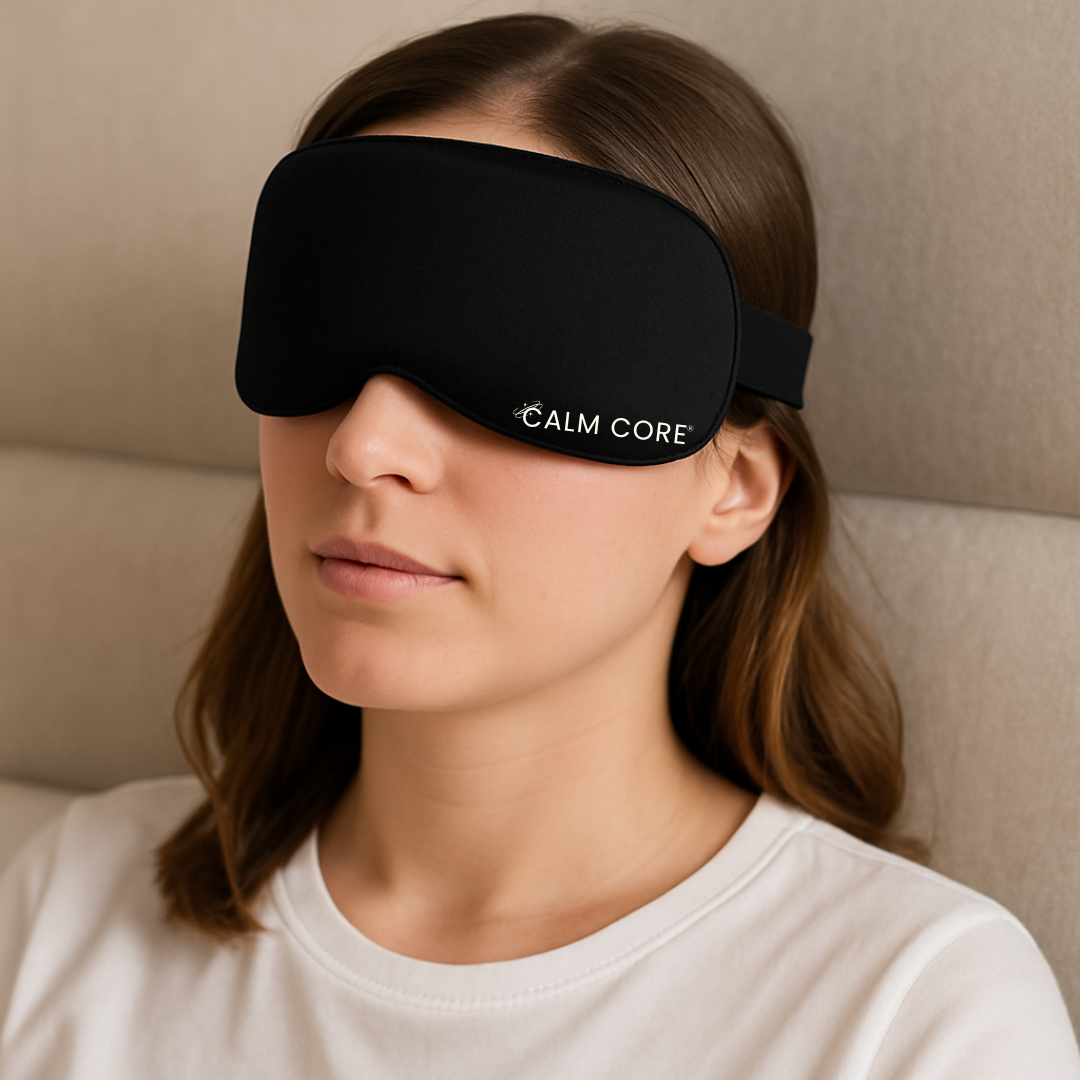Hot and cold therapy is one of the simplest and most effective ways to manage pain, reduce inflammation, and support recovery from injuries. Whether you are treating sore muscles, joint pain, or migraines, alternating between heat and cold can provide relief without relying on medication. While this method is highly effective, it is important to follow safe practices to avoid irritation, skin damage, or other complications.
Understanding How Cold Therapy Works
Cold therapy is most effective for reducing inflammation, swelling, and pain after an acute injury. Applying cold causes blood vessels to constrict, which limits fluid buildup and numbs the area, easing discomfort. It is especially helpful for sprains, strains, or migraine flare ups. Cold should be applied in short sessions, typically no longer than twenty minutes at a time, to avoid damaging the skin or nerves.
Understanding How Heat Therapy Works
Heat works differently by dilating blood vessels and improving circulation. This helps muscles relax, reduces stiffness, and speeds up healing in chronic conditions. It is particularly useful for arthritis, back pain, or tension headaches. Moist heat, such as a warm gel pack, is often more effective than dry heat because it penetrates deeper into tissues. Heat should be applied gently and never at extreme temperatures.
When to Use Cold and When to Use Heat
Cold therapy is best for sudden injuries, swelling, and inflammation, while heat is more suitable for long term muscle tension and joint stiffness. For example, cold helps immediately after a twisted ankle, while heat is more helpful for ongoing stiffness in the lower back. In some cases, alternating between the two provides optimal results, but knowing when to use each is key to avoiding further irritation.
How to Apply Hot and Cold Therapy Safely
Always place a protective layer between the skin and the hot or cold source, such as a thin cloth or towel. This prevents burns or frostbite and ensures a more comfortable experience. Sessions should be limited to twenty to thirty minutes, followed by a break to allow the skin to return to normal temperature. Products designed specifically for this purpose, like CalmCore’s gel compression wraps, are ideal because they maintain safe temperatures and provide consistent relief.
Common Mistakes to Avoid
Leaving heat or cold in place for too long can cause skin damage, so it is important to follow recommended time limits. Extremely hot water bottles, heating pads, or direct ice should never be applied straight to the skin. People sometimes continue therapy even if the area becomes numb or uncomfortable, which can increase the risk of injury. If therapy causes worsening pain, it is a sign to stop immediately.
Special Considerations for Certain Conditions
Individuals with poor circulation, diabetes, or neuropathy should be especially careful with hot or cold therapy, as reduced sensation may make it harder to notice if temperatures are too extreme. Children and older adults may also have more sensitive skin. When in doubt, consult a healthcare professional before beginning a therapy routine.
Final Thoughts
Hot and cold therapy can be a safe and effective tool for managing pain and supporting recovery when used correctly. By understanding how each method works, applying it with care, and avoiding common mistakes, you can experience the benefits without the risks. Calm Core’s range of gel compression wraps are designed for safe use and provide the added benefit of combining both heat and cold in one convenient product.
👉 Explore our full collection of safe and effective hot and cold therapy solutions at CalmCore.




Leave a comment
All comments are moderated before being published.
This site is protected by hCaptcha and the hCaptcha Privacy Policy and Terms of Service apply.